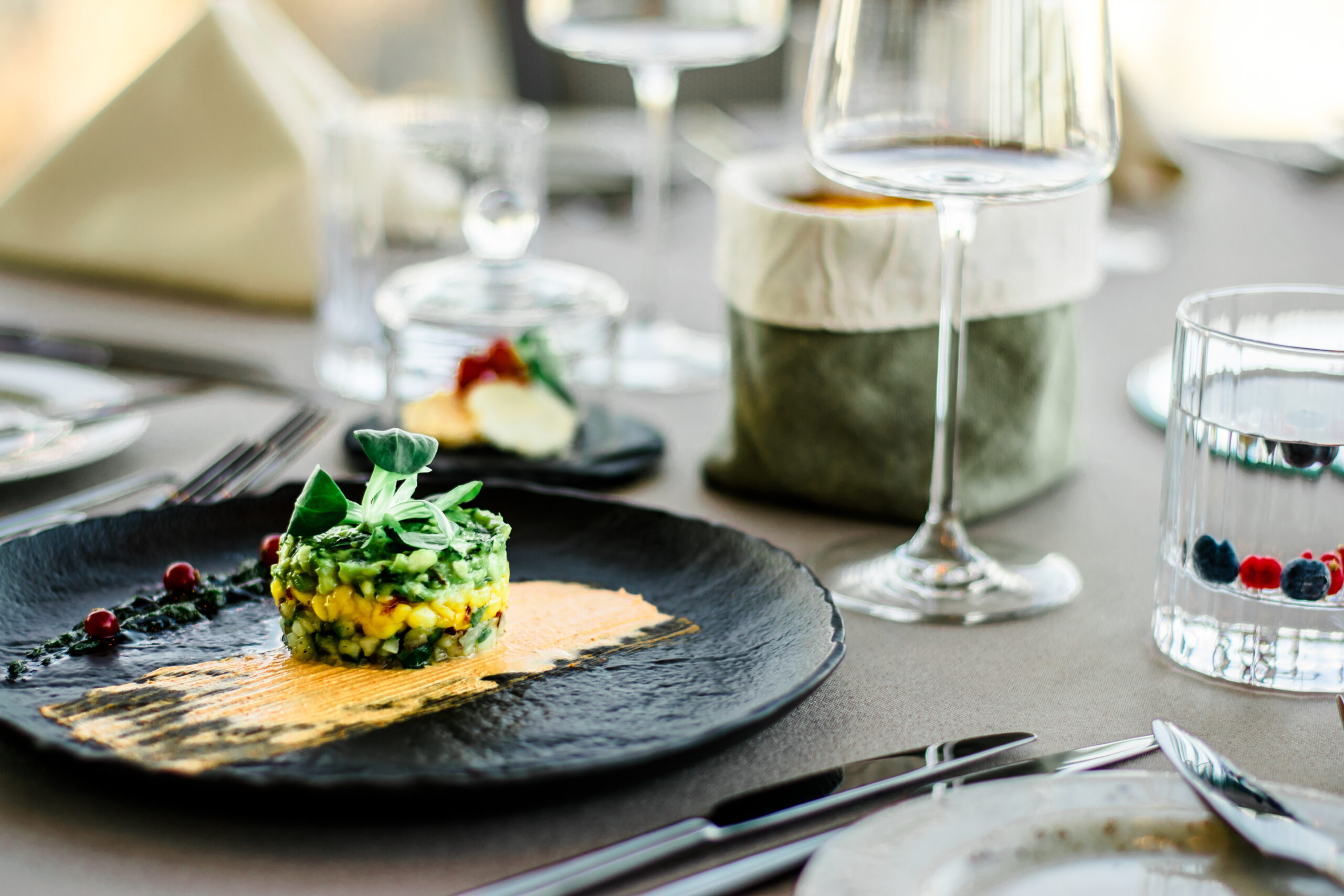For me, French culinary techniques have always been the foundation of great cooking. From the first moment I picked up a knife in a professional kitchen to my years as a chef instructor, I’ve held a deep respect for the discipline and artistry of French cuisine. It’s more than just recipes; it’s a philosophy, a language, and a way of thinking about food that transforms simple ingredients into extraordinary dishes. Today, I’d like to share my journey with French culinary techniques and the lessons I learned along the way.
The Language of the Kitchen: Learning Culinary French
One of my earliest and most humbling experiences in French cuisine came during my internship at Le Caravelle in New York City, a restaurant that was once one of the top five French dining establishments in the country. At Le Caravelle, French wasn’t just the cuisine—it was the spoken language. From day one, I immersed myself in culinary French, learning to communicate with my peers and understand the essence of the kitchen’s culture.
French terminology—words like mise en place, sauté, and roux—is more than jargon; it’s shorthand for precision and technique. These terms reflect the care and attention to detail that define French cooking. For me, learning culinary French was like unlocking a secret code to excellence. It was challenging at first, but it shaped the way I approached every dish I prepared from then on.
Mastering the Basics: The Power of Fundamentals
As a chef instructor, I often reminded my students that mastery begins with the basics. French cuisine is built on a foundation of fundamental techniques, from knife skills to the five mother sauces: béchamel, velouté, espagnole, hollandaise, and tomato. These techniques aren’t just about tradition—they’re the building blocks of creativity.
One of my favorite lessons to teach was how to make a proper sauce velouté. The process of creating a smooth and velvety sauce, starting with a roux and carefully whisking in stock, teaches patience and precision. It’s a simple technique, but it encapsulates the beauty of French cooking: respect for ingredients and the ability to elevate them with skill and care.
Mise en Place: Organization as a Way of Life
If there’s one phrase that every aspiring chef learns early on, it’s mise en place, which translates to “everything in its place.” This principle is the heartbeat of a professional kitchen. Before a single dish is cooked, every ingredient is measured, prepped, and ready to go. Tools are organized, and the workspace is immaculate.
As an instructor, I emphasized mise en place not just as a practical necessity but as a mindset. Organization and preparation aren’t just about efficiency; they’re about creating an environment where creativity can thrive. Whether I’m in the kitchen or working on a landscaping project today, I still carry this philosophy with me. A well-prepared foundation allows you to focus on execution and excellence.
The Elegance of Simplicity
French cooking taught me that simplicity doesn’t mean easy—it means refined. Some of the most challenging dishes I’ve ever made were deceptively simple, relying on flawless execution and high-quality ingredients. Take poulet rôti, or roasted chicken, for example. At its core, it’s just a chicken seasoned with salt, pepper, and maybe some herbs. But the magic is in the details: how you truss the bird, the temperature of the oven, and the timing of the basting.
As I taught my students, I encouraged them to focus on the fundamentals rather than chasing complexity for its own sake. French cuisine reminds us that when ingredients are respected and techniques are honed, even the simplest dishes can become extraordinary.
Teaching the Next Generation
One of the most rewarding chapters of my career was my time as a chef instructor at the New England Culinary Institute. Teaching young chefs allowed me to pass on the traditions and techniques I’d learned in my own career. I found joy in helping students understand the why behind the how—why we blanch vegetables before shocking them in ice water, or why we rest a sauce before serving it.
I also learned that teaching wasn’t just about showing students how to cook; it was about inspiring them to find their own voice in the culinary world. French techniques were our starting point, but I always encouraged my students to adapt and innovate once they’d mastered the fundamentals. Watching them grow into confident, skilled chefs was one of the greatest rewards of my career.
Lessons Beyond the Kitchen
The principles of French culinary techniques—precision, preparation, and respect for tradition—have shaped more than just my career in the kitchen. They’ve influenced the way I approach challenges in every aspect of life. Whether I’m working on a landscaping project or planning a family meal, I find myself drawing on the lessons I learned during my time as a chef.
French cuisine teaches us that greatness is often the result of small, deliberate actions. It’s about taking the time to do things the right way, even when shortcuts are tempting. This philosophy has stayed with me, reminding me to value quality over speed and to take pride in every detail of my work.
A Lifelong Love for French Cuisine
Even though my career has taken me in new directions, my love for French cuisine remains as strong as ever. There’s a timelessness to French cooking that continues to inspire me, whether I’m preparing a classic dish at home or reflecting on my years in the kitchen. The techniques I learned and taught are more than just skills—they’re a way of honoring the artistry and tradition of cooking.
For anyone passionate about food, I encourage you to explore French culinary techniques. Start with the basics, embrace the discipline, and let the process guide you. Cooking, after all, is more than just nourishment—it’s an expression of creativity, culture, and connection. And for me, French cuisine will always be the language that started it all.
